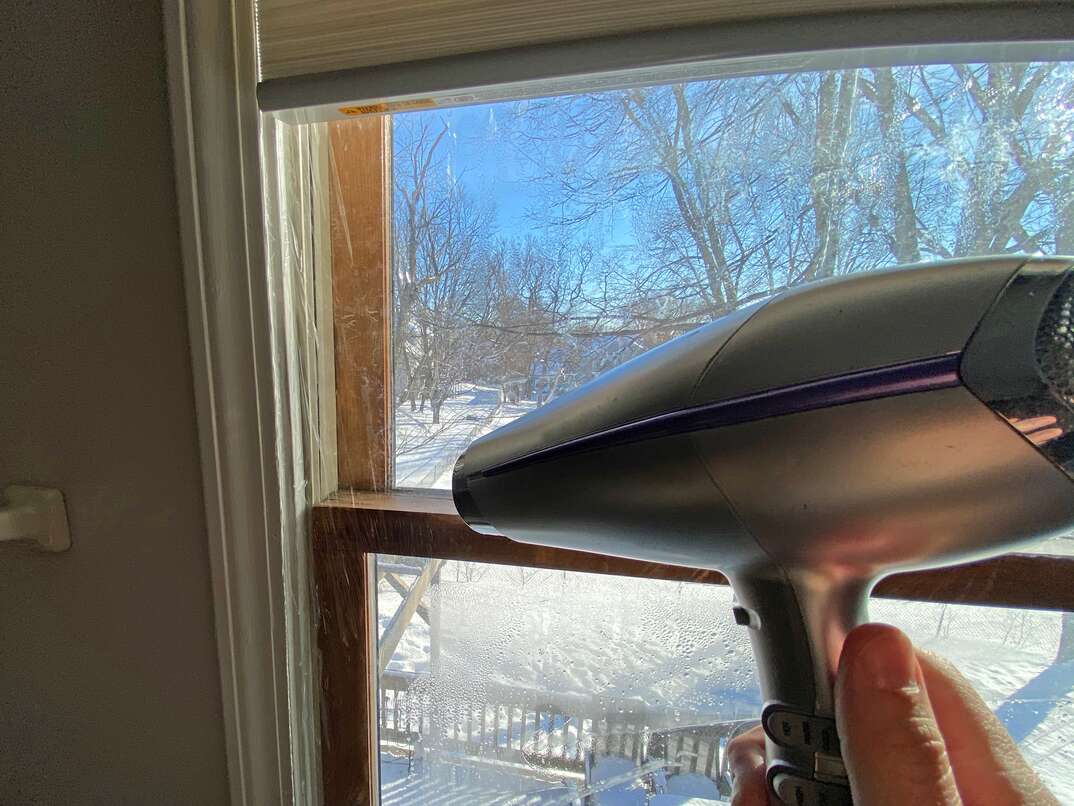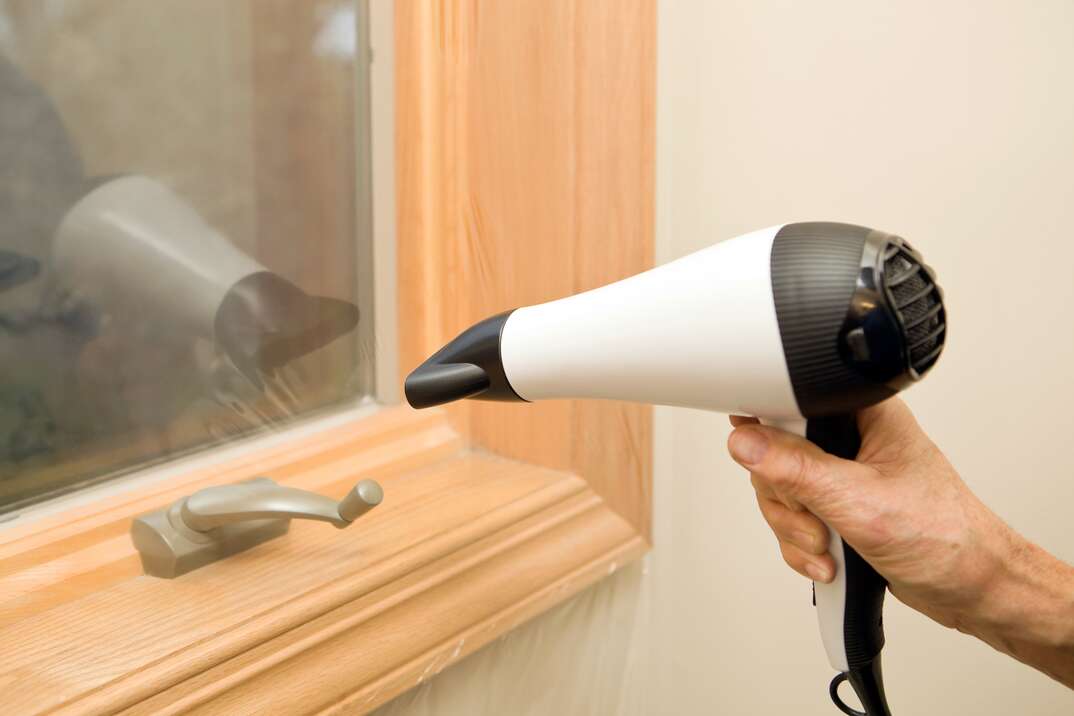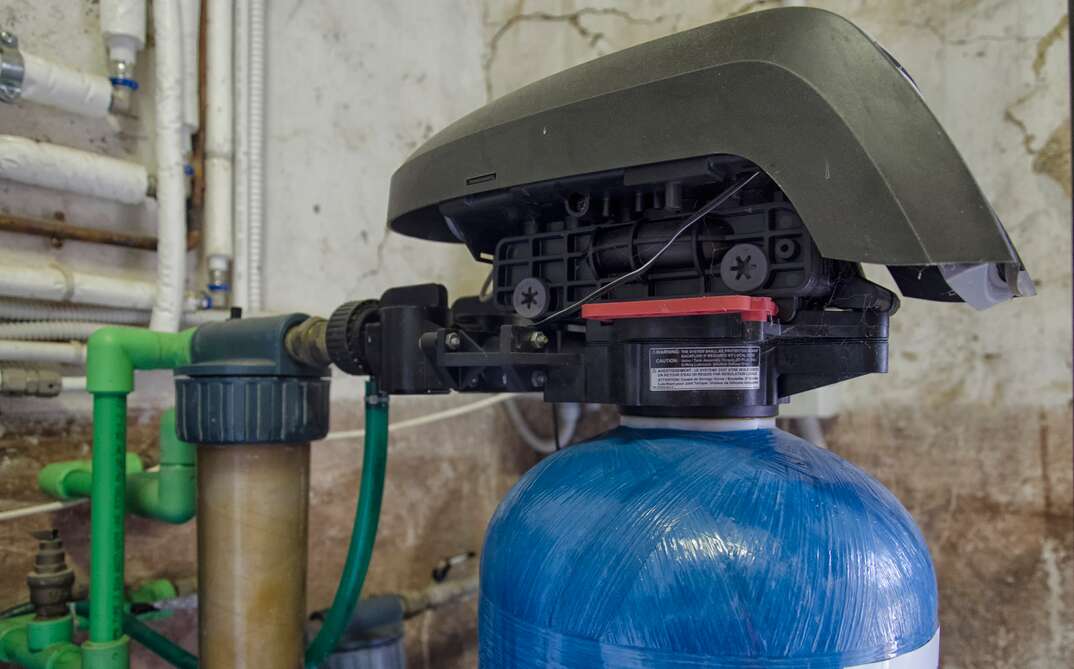How to Clean Grout

Along with unclogging a toilet and mucking out the gutters, grout cleaning has got to be at the very bottom of most homeowners' task lists. Still, unlike those other two chores, grout cleaning isn’t purely about function; giving your grout a good scrub-up can dramatically increase the look of your tiled floors or walls, so undertaking it can be a very rewarding project.
This May Also Interest You: How to Clean Your Kitchen Backsplash
Here's all you need to know to get your grout in tip-top shape easily and effectively. These tips should work just as well on kitchen backsplashes as they will on shower surrounds — or any tiled walls and floors.
Start In the Kitchen
We don't mean that you should start by cleaning the grout in your kitchen. Rather, get the supplies you need to clean your grout there. If your grout isn't too terribly stained, you should be able to make a dramatic improvement by scrubbing it with that classic cleaning combination of baking soda and vinegar.
To begin, you can simply pour a little vinegar along the grout lines of the area you'll be cleaning. It's important to mention here that these instructions assume that your grout was sealed when it was put in place. If that's not the case, you should skip this step. Unsealed grout can absorb liquids, and you won't want the vinegar soaking in.
As the vinegar sits on the grout lines, make a paste of baking soda and water. You should aim for roughly two parts baking soda to one part water, although exact measurements aren't critical here. You can also add a small squirt of dishwashing liquid to the mixture. When it's ready, pour the baking soda mix on top of the vinegar, and things should begin to fizz.
Note: If it suits your style better, you can also begin by pouring the baking soda mixture onto the grout lines or by applying it with an old toothbrush. Then you can follow that application by hitting the grout lines with the stream from a spray bottle filled with vinegar. The important part is to get the two parts working together to lift the stains from the grout.
Once the mixture is on the grout lines, give them a good scrub. While you can use your old toothbrush (even better if it's an old electric toothbrush) for this task, you'll likely make more progress using a stiff-bristled grout-cleaning brush that is made for the task. Apply enough force to remove the grime, but not so much that you are at risk of gouging out the grout. Use a large sponge and clean water to mop up the residue, and your grout should be much improved. If you want, you can give one final scrub with the brush to get things extra bright, followed by an additional sponging.
More Related Articles:
- How to Clean Your Shower Tiles
- Get the Grout Out: How to Remove Grout From Tile
- How Much Does It Cost to Install or Replace Tile?
- How Much Does It Cost to Install a Backsplash?
- What Is Terrazzo?
Tougher Stains
If the stains on your grout don't come out using baking soda and vinegar, you may want to step up your cleaning power by going with a commercial cleaner such as The Pink Stuff or Zep. Alternatively, you could try covering the grout with an oxygen bleach for about 15 minutes before scrubbing and cleaning it up. OxiClean is a classic in this market and has had good success removing stubborn grout stains. Just be careful not to try too many methods in succession; mixing some types of cleaning agents can have disastrous consequences.
If these methods still don't do the trick, you may want to try renting a steam cleaner. Sometimes there's nothing better than the power of hot water to release stains from grout. Most home improvement stores and even some grocery stores will rent you machines to help you get the job done.
A last-ditch effort for stains that won't come out any other way would be to use a grout saw, which is typically employed for full-on grout removal projects. To use it as a cleaning tool, you simply don't apply much pressure and instead use the rough blade to scrape out stubborn stains.
Seal It Up
Regardless of the method you use to get your grout clean, you'll want to make sure to seal it all when you are done to prevent future stains. There are a wide variety of sealers on the market depending on the room in which your tile is located and whether it’s wall or floor tile, so choose carefully and follow the manufacturer's instructions for application closely. Regardless of the sealer you use, make sure your grout is completely dry before applying.


